How We Consistently Write Trending Content
Trend Content Marketing has helped us scale our business to millions of users and hundreds of thousands of MRR. This article shares how we have scaled our approach to trending content
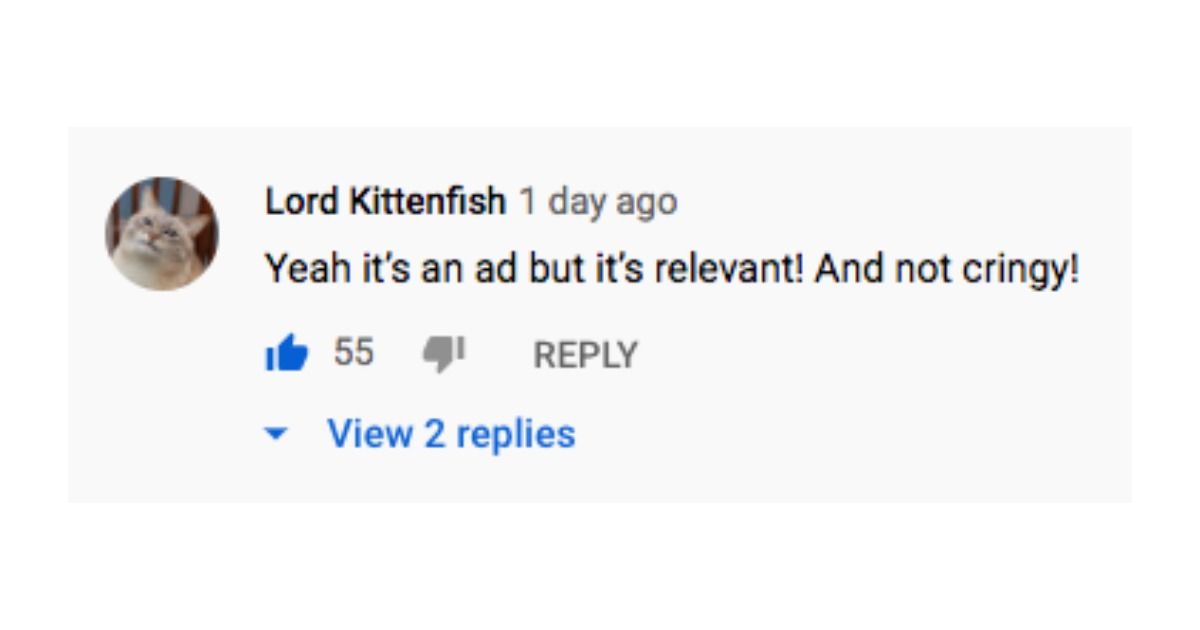
Kapwing is a startup and a website that helps modern creators make and edit videos, images, and GIFs. Organic Google Search and YouTube are our largest acquisition channels, due in part to our consistent trending content.
This week, for example, we published a video on our YouTube channel that has gotten about 1000 views an hour since it was posted two days ago.
It's not the first time that we've published content that's gone viral, in a small way. In April, we had 4 articles/videos that brought in than 20,000 creators. We haven't gone a single month since January without having a piece of "Head" content (which, for us, means we acquired 10,000 new content creators in a week through that article or video).
Although we're still a small startup, we're building up a reputation for hyper-fresh, original tutorials and commentary on cultural trends. Instead of running ads, we publish content for free that get discovered through Google Search and social media. During a challenging economic year, we've been able to extend our runway, hire more people, and grow our product to millions of creators because we leverage organic rather than paid advertising.
A lot of people see this type of marketing - responding to hyper-fresh fads - as risky and unscalable, the "lightning in the bottle" approach. It's true that trend content marketing doesn't scale as predictably as paid ads, but we've seen consistent payoffs.
With more people out of work and spending more time online, there's never been a better time to invest in trend content marketing: memes, fads, and hyper-fresh content. In this article, I want to pull the curtain back on our process and share how we stay on top of trends for other entrepreneurs and small business owners who want to develop a trend content marketing practice at their companies.
Content Strategy
Kapwing's content strategy has two main arms: Long Tail and Interest content. Long Tail content helps creators with tasks that will always be relevant, like "How to Create a GIF" or "How to Download a YouTube Video." Our Long Tail topic selection process is highly mathematical, a prioritization equation that takes into account search volume, competition, and relevance.

An Interest article, alternatively, covers a topic that is not popular yet, but we predict that it will be popular or trending in the near future. We write on Interest topics to get ahead of the curve and use mostly intuition in deciding what to write.
Sometimes, our Interest articles are very "spikey" – we write about the topic just as it's happening, and the fad fades away quickly.

But in general trends stay around longer than you might expect. The Bernie Sanders "Once Again I am Asking" meme template was trending in February, but now, in August, it still brings in more than 100 new creators to Kapwing daily.

We publish content in our Resources Library and on YouTube and syndicate between the two platforms.
For other entrepreneurs who want to create more trending content, below are five ways that we've scaled trending content creation and been able to consistently grow our business with fads on the internet.
1) Monitor Google Trends
We keep a list of keywords relevant to our domain and track rising queries related to those keywords on Google Trends nearly ever day. For example, we look up rising queries related to "Instagram" to find trending challenges, memes, news, or questions.
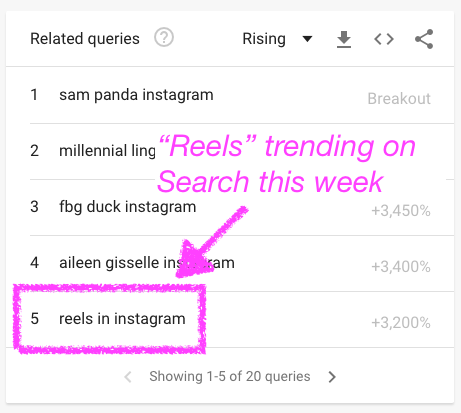
We found #ChallengeAccepted, the Blue Whale Challenge, and Baka Mitai Dame Da Ne through Google Trends. When we see a rising trend with no good existing video or article tutorials, we jump on it (and try to mention Kapwing in the process).
2) Stay Plugged In To the Target Market
Creating high-quality original content requires first-hand knowledge of and experience with the target market. Since Kapwing serve digital content creators, we stay close to art, entrepreneurship, and social media.
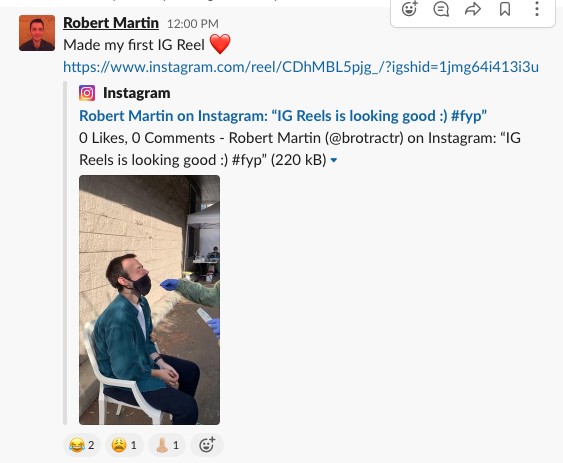
Kapwing's Content Team spends time on IG, TikTok, Twitter, and other social platforms to develop intuition for what's trending and catch trends before they take off. We discuss Interest topics at the beginning of every weekly meeting and jam on new trends we've noticed in our own feeds or news that we've heard about from friends.
For example, I came up with the "How to Post Multiple Images of Different Sizes on Instagram" because I literally ran into the problem myself when posting vacation videos on social media.

When we interviewed Content Marketers to join our team, we strongly preferred candidates with experience growing a personal social media account. Robert, our team's senior content strategist, had grown a Twitter fan account to more than 16,000 followers. Grace had started a YouTube channel while in high school. All of us have personal accounts and access to the company social accounts on all channels.
We make an effort to work with young people so that we can stay close to GenZ and upcoming trends. Peter, our first full-time content creator, started at Kapwing two weeks after college graduation. We brought on three college students for internships to kick start our YouTube channel, EDU resources, and Instagram account. We have a Discord and Facebook group to talk directly with creators using our product in the wild.
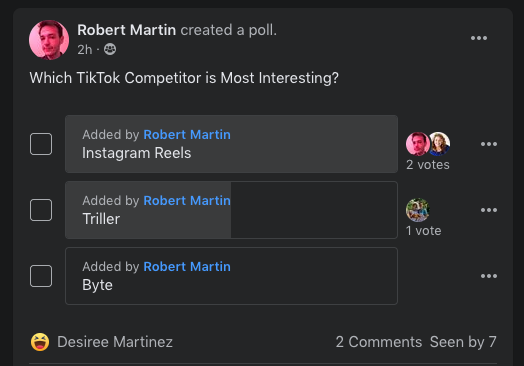
3) Bring Creators In-House
Of our 14 full-time employees, 3 are full-time content marketers. Until covid-19 forced us all into remote work in March, we all worked locally out of the same office here in San Francisco. We try out new platforms and create all of our own social media on YouTube, Instagram, Facebook, Twitter, TikTok, Pinterest, LinkedIn, Quora, and more.
Because we create our own content rather than outsourcing to agencies, we're able to move faster, and our team learns to react quickly. While consultants are concerned about pleasing their client with high-quality work, we have a lot of trust internally and can embrace fast failure and edgier ideas. Working out of the same office also means it's easier to "overhear" good ideas and drop work to make time to create a timely content piece.
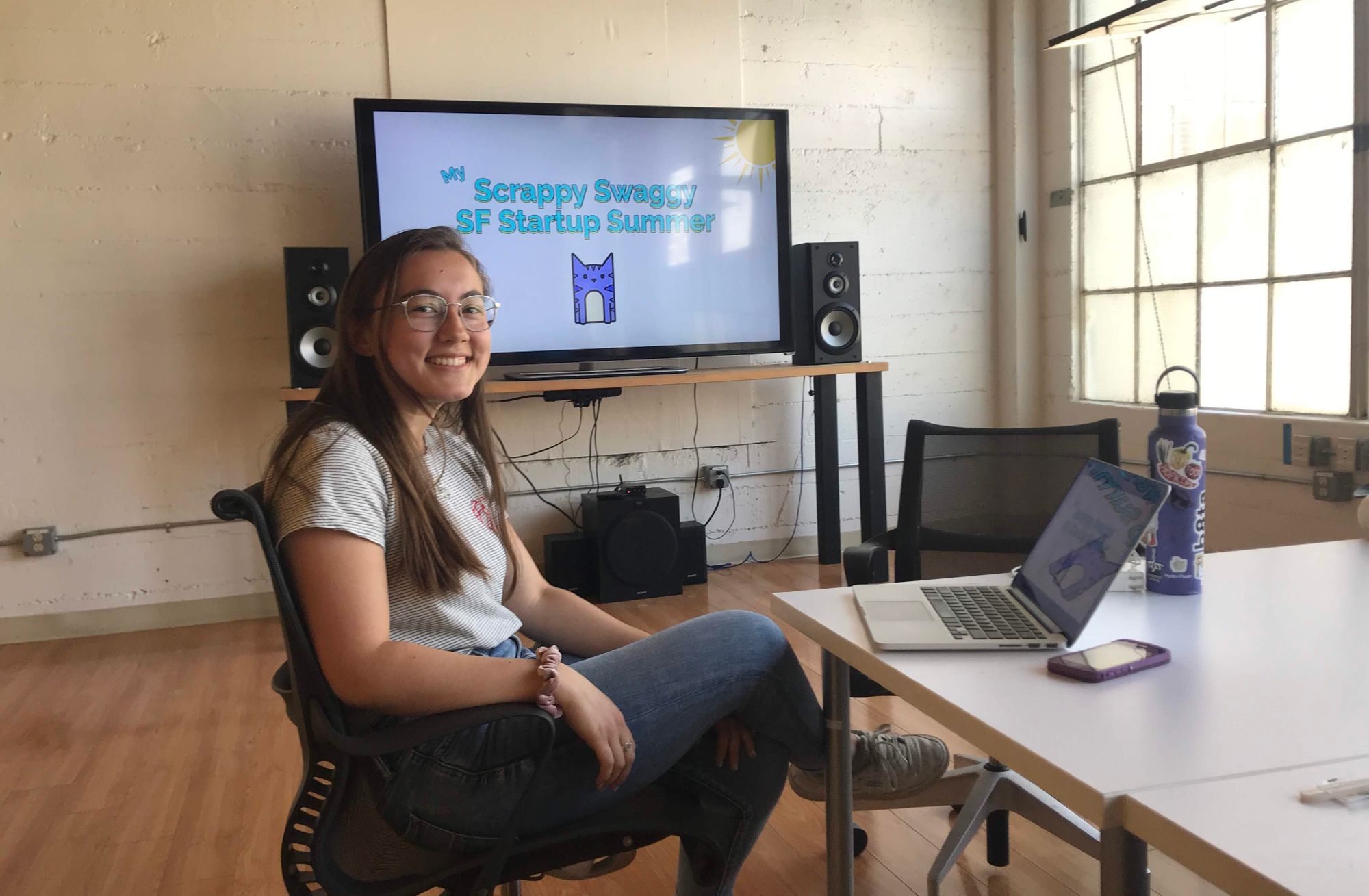
Our Content Marketers also add ideas to our #feature-requests and #publicity-stunts Slack channels when they need engineering support. Because our content and product teams sit shoulder-to-shoulder, they have natural rapport that makes collaboration easy.
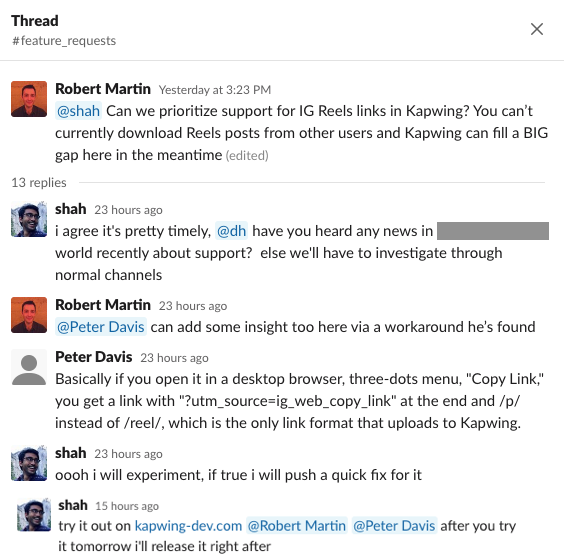
4) Quantity > Quality
In my opinion, most (80%) of timely content will flop because it's not possible to consistently predict fads/trends before they take off. As a result, a successful content team needs to throw a lot of dart and put up plenty of lighting rods. You need a cultural resiliency to embrace and even celebrate failure.
We have so many examples of content that didn't work that it's hard to pick one. An example from our resources library is an in-depth interview we did with one of the documentary filmmakers of Tiger King. Published at the height of the Tiger King hype, we thought our article and accompanying video would for sure ride the wave of consumer interest. But it didn't. It got less than 600 views in 3 months.

But that's okay! We intentionally embrace flops, incentivize speed, and give props to highly-relevant content. Some ways that my cofounder and I have embedded a culture of prolific content creation:
- Put up "Done is Better than Perfect" posters on our walls and in our on-boarding documents
- Talk about quantity of content produced during performance reviews
- Track and report on the number of content pieces created in team meetings. Set an expectation around the number of pieces that a full-time employee should create every week.
- Have a lively #content channel in Slack where the team pings and discusses new ideas
- Set up a discretionary budget that our content team can use at will to buy equipment, pay collaborators, and experiment
- Continued to publish articles ourselves (as founders) even as our responsibilities have expanded scope
- No content review policy. Every full-time creator publishes content they make directly to our social channels. You don't need permission.
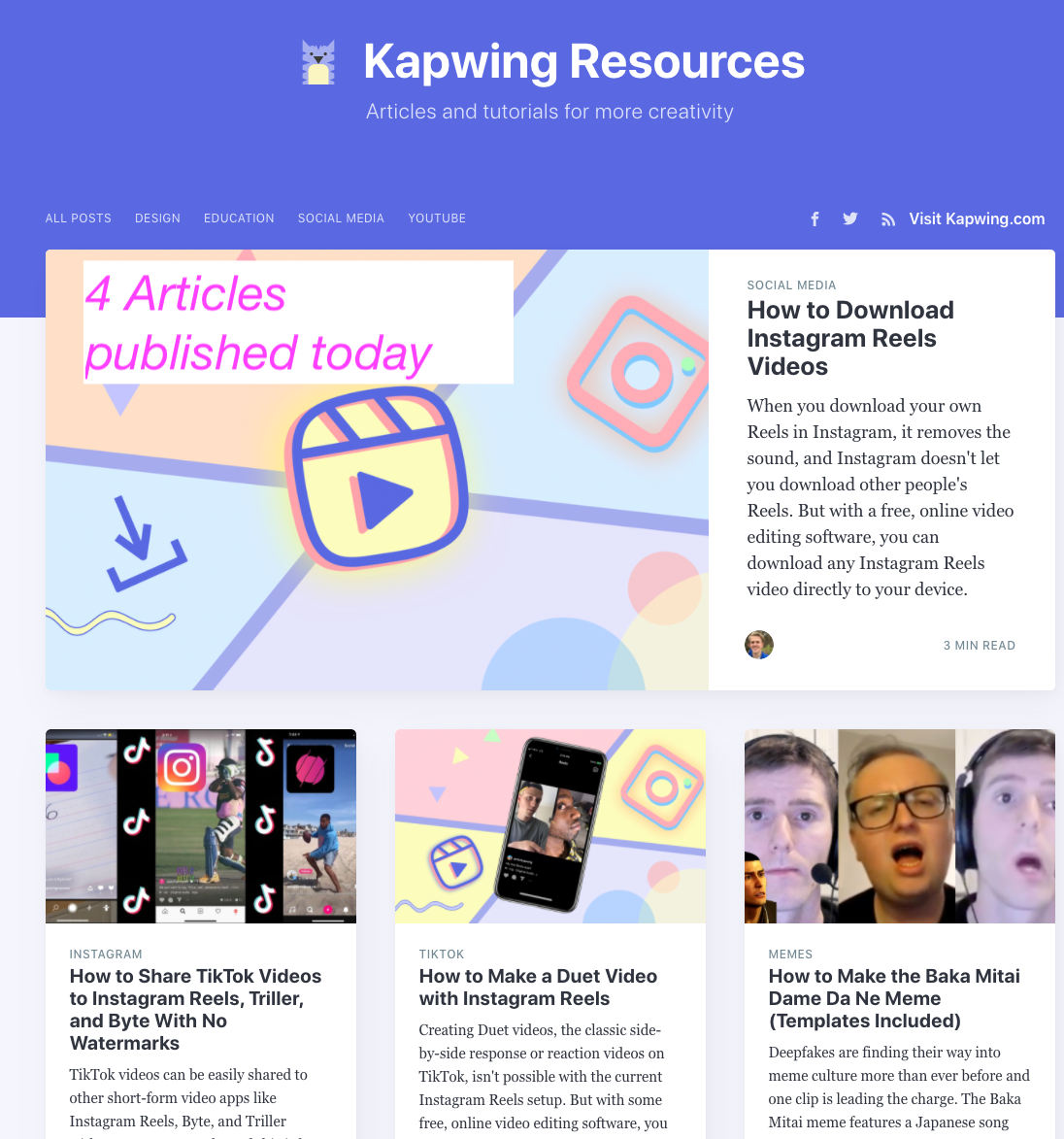
When it comes to video creation on our social media and YouTube channel, we've also challenged the traditional notions that videos must be highly polished. In the early days, we put out plenty of selfie-style footage with little editing software.
Finally, Kapwing itself is optimized for speed. Everything on our channel was made with our YouTube video editor (which any content marketer can use for free).
5) Engineering for Creative Ops
We've invested a fair number of engineering hours into simple workflows for our creative team. These tools speed up content creators and enable them to be more responsive:
- Integrated a Ghost serve to host our Resources library. Now writers can publish articles on Kapwing as easily as you can publish on Medium.
- Added Google Analytics plug-in at the top of our content pages to see the number of visitors and bounce rate from the last seven days. These metrics give us a better idea of which articles are getting some traction.
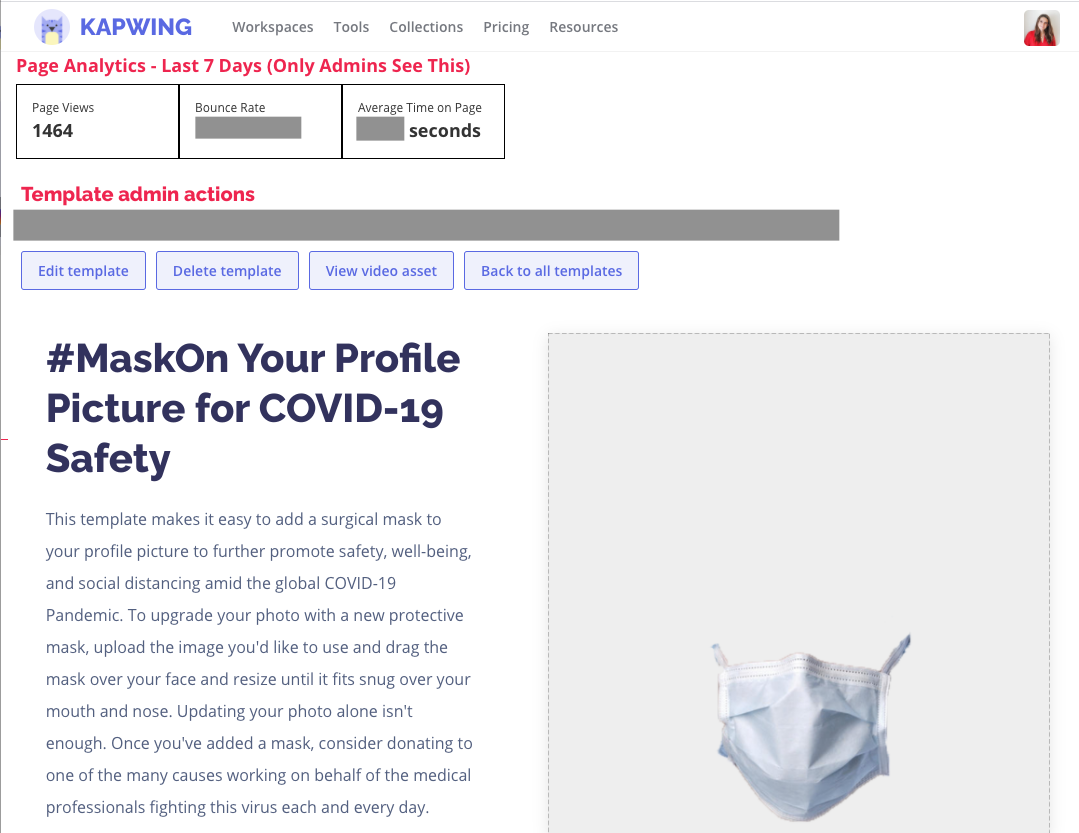
- Built admin dashboards that are only internally accessible to see what people are making on Kapwing. We leverage our users' aggregated data to catch media trends early and capture original insight.
- Created internal tools to automate template landing page creation. Our content creators add text and images to an internal form and click submit to generate a new landing page on our domain.
We also use Airtable to organize and prioritize our topic ideas and SEMRush to research long-tail topics. We're also currently experimenting with a web scrapper to pull trending web queries ourselves.
Conclusion
With these five tactics, Kapwing's Content Marketing Team can move a lot faster than most of our competitors can. We published a Zoom Background Maker on March 23, a full month before Canva launched theirs.
Thanks for reading! We still have a long way to go in perfecting our Trend Content Marketing strategy, but we've also learned a lot along our path to now. Hopefully this article gives other entrepreneurs ideas about how you can use memes, viral content, hyper-fresh tutorials, and social media videos to accelerate your business. This strategy has been a huge advantage for Kapwing as we've grown and has helped us establish a brand as a modern, fast-moving, highly-responsive product in the creative industry.






